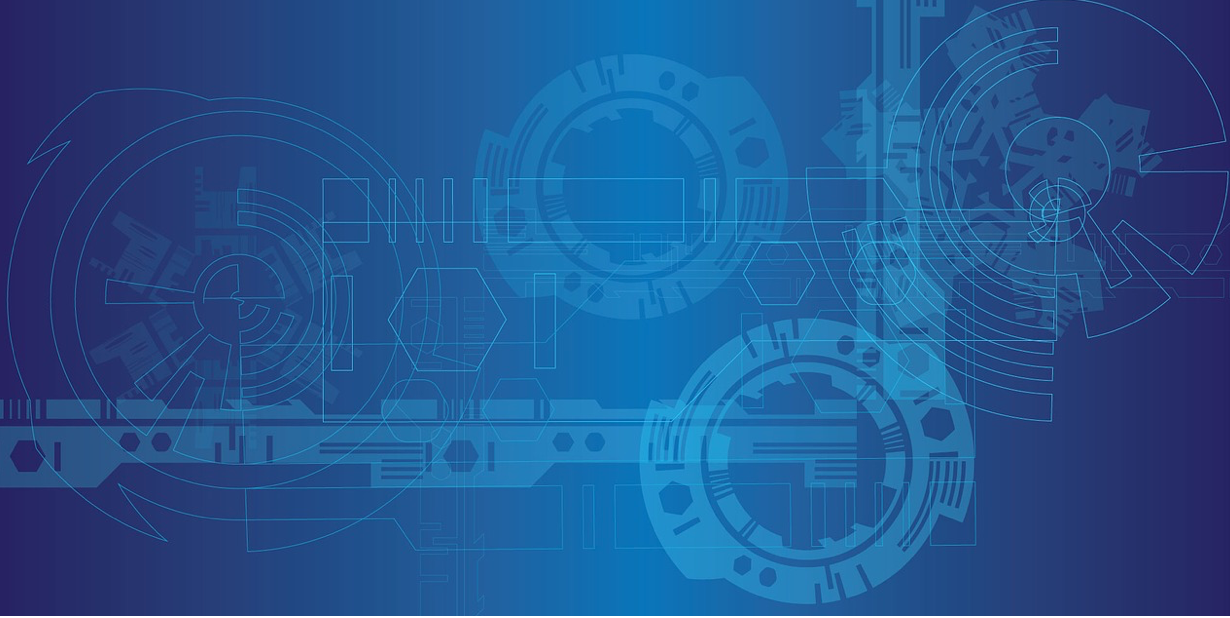Avoid using legal jargon, and try to simplify things as much as you can.
Legal language is often complex and hard to understand, especially for someone without a legal background.
This can lead to some big issues in the long run. After all, it’s pretty easy to violate a contract if it’s written in a way that you can barely understand.
Take the Terms and Conditions on websites, for example. Most of us don’t even read them through because they are so long and intricate.
Legal design can help us navigate through the clutter.
So, what is legal design, and how can it make the law easier to understand?
What is legal design?
By definition, legal design applies human-centered design to the world of law to make legal systems and services easier to understand.
In other words, as the name suggests, legal design aims to merge legal expertise with design. It bridges clear and simple language with graphic representations.
You can apply the legal design principles anywhere within the legal industry.
That ranges from streamlining a legal system to function better and providing higher value, to simpler things, like designing easy-to-understand documents, explanations, or visualizations that can be implemented on a website.
Like legal documents, your website needs to be easy to navigate and understand. You’ll have to design it so that your visitors can find the information they need in a timely manner.
With this said, bridging the gap between legal expertise and user-centric design is no easy feat, so you may want to consider hiring professionals.
The best place to find talented web designers and agencies is online.
It’s pretty straightforward; to compare the web design professionals in Chicago, Google “web design agency Chicago.”
Now that we’ve seen what legal design is, let’s look into why it is so important.
Why is legal design important?
1. It makes clients happier
Law seems like it’s meant to be understood by legal experts only, leaving the rest of us aside.
With legal design, you have to show your clients empathy. You have to listen to them, offer them valuable and understandable information, and maybe even comfort them.
In other words, you’ll have to act like a full-time lawyer and a part-time therapist. Consequently, clients will trust you more and will likely come back to you whenever they face issues in the future.
2. It increases compliance with the law
As we’ve said earlier, most of us don’t even bother reading through the Terms and Conditions on websites due to how long and complicated they are. The same thing goes with contracts.
People often sign papers seconds after being handed over, which might create problems further down the line.
However, by making things easy to understand, clients will know what they’re getting themselves into, avoiding potential disputes in the future.
3. It encourages innovation
Because legal design brings both lawyers and designers together, it creates a new way of thinking, with the potential of changing the legal field for the better in the future.
The principles of legal design
So, how can you make legal services work better using legal design? Well, here are a few principles you should guide yourself by.
1. Empower the user
Here’s the thing: whenever someone has to turn to a lawyer for help, he expects a collaborative relationship rather than having to listen to a monologue that’s hard to understand.
The lawyer is ultimately the one who is responsible for solving the situation, but that doesn’t mean that the client has to be left high and dry.
With that said, a good implementation of legal design gets the client to understand the situation thoroughly and allows him to come up with ideas on his own. That’s where the idea of having a human-centered design comes from.
2. Provide process-based views of legal work
Continuing with the idea of getting the client to understand things thoroughly, one way to do so is by providing a process-based view of how things work.
Just like a board game, during the legal process, the client has to get from point A to point B to point C.
There are multiple paths to get to these points. Some are longer, some are shorter, and others are riskier. That’s exactly how you should put things into perspective.
Instead of writing paragraphs upon paragraphs filled with legal jargon, you should rather show the client a step-by-step visual representation of the legal process.
3. Create a collaborative relationship
Now that you’ve got the client to understand and decide what course of action to take, you’ll need to collaborate with him constantly. Don’t just leave him aside after you’ve finished the first step of the process.
Keep in mind that the client wants to be empowered. With that said, you’ll need to be transparent, let them oversee how the situation is going through, and ask for any other ideas every time you advance in the process.
4. Make things simple
We’ve said that the client needs to be active during the entire process, but keep in mind that he’s no legal expert.
It’s pretty easy for you to get carried away and delve in too deep when laying out a strategy, and it’s pretty easy for him to lose track of what’s going on.
Keep in mind that giving away too much information or too many options will negatively impact your client’s engagement.
With that said, try to find a way to simplify legal content as much as you can. Boil information down to its essence so it can be easy to digest.
5. Provide multiple ways for people to digest information
We all know that not all people retain information the same way.
Some are more visual, while others are better at retaining information by listening to it. Not only that, but some people may prefer using mobile devices, while others want paper copies.
Now, a good legal design will have to make the same content available in multiple ways, which means that you’ll have to publish content on a mobile-friendly website, print out leaflets, papers, etc.
With all of those being said, let’s take a look at what kind of tools and methods revolve around legal design.
What do you need for legal design?
1. Empathy
Empathizing with the user is a key thing here. After all, in order to make his job easier, you’ll need to put yourself in his shoes, understand the problems he’s dealing with from his point of view.
2. Divergent and convergent thinking
The former revolves around coming up with multiple solutions based on a single piece of information. At the same time, the latter focuses on coming with a single solution based on analyzing a lot of data and information.
Now, in legal design, you’ll have to bring the best of both worlds as you need to grasp the source of the problem that needs to be resolved before coming with multiple solutions to solve it.
3. A diverse team
As legal design brings so many fields together, you’ll need to have quite a varied team to complete a project.
For example, you may need people to work on your website. You’ll, of course, need lawyers and maybe some psychologists as well.
4. Technology

With so much work to be done, you’ll need to make the most out of technology as well. Finding a digital solution will make your project innovative, interactive, and accessible through digital platforms.
5. Graphical representation
As we’ve said, people assimilate information differently, and with how difficult it can be to grasp it sometimes, you’ll need to cater to all types of people.
Now, one of the most popular and easy-to-understand ways of representing information is by doing it graphically through diagrams, icons, images, etc.
6. Language
Continuing with the idea of making the law easier to understand, you’ll also have to keep an eye out for the type of language you use.
Avoid using legal jargon, and try to simplify things as much as you can.
For example, instead of saying “in the event of,” you should be saying “if.” Or, it would be best to say “help the applicant to do so” instead of “assist the applicant in doing so.”
Final Words
Legal design aims to bridge the gap between lawyers and their clients by making the legal system more user-friendly.
As a result, this communicates to the users their rights and duties clearly and understandably.


Join the conversation!